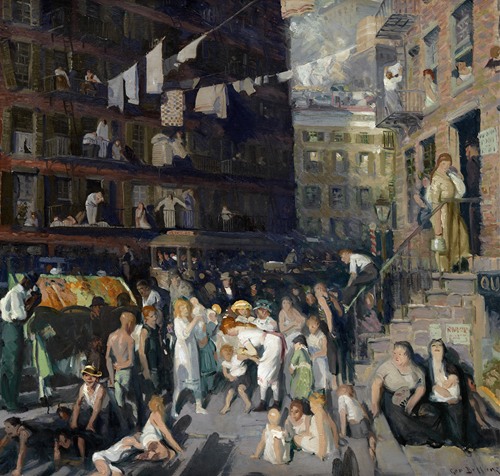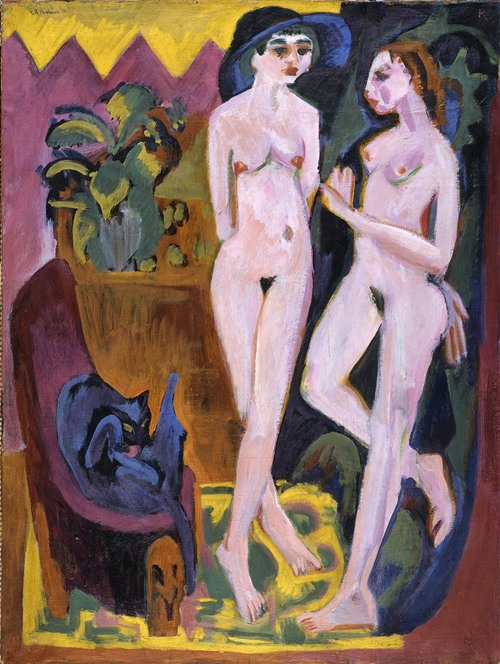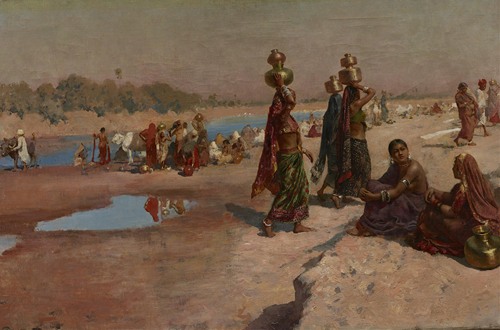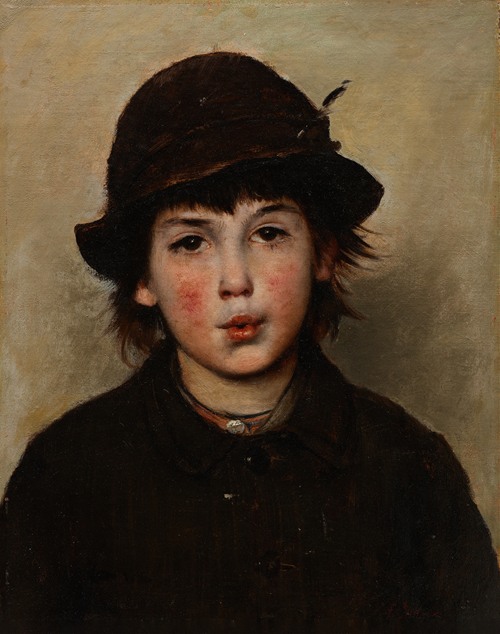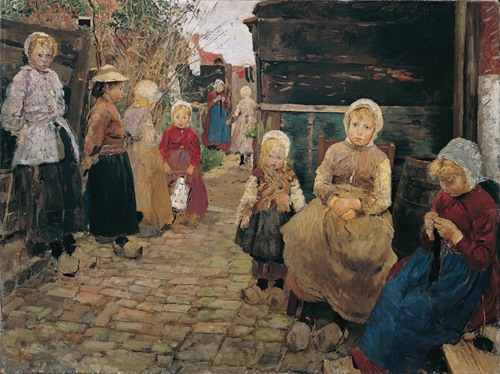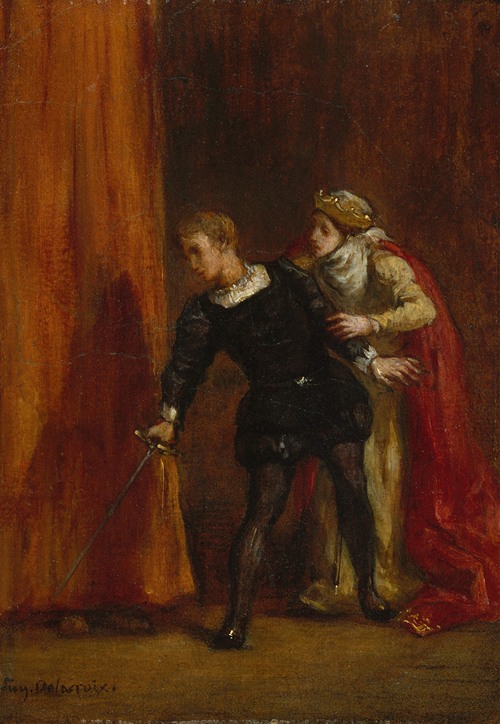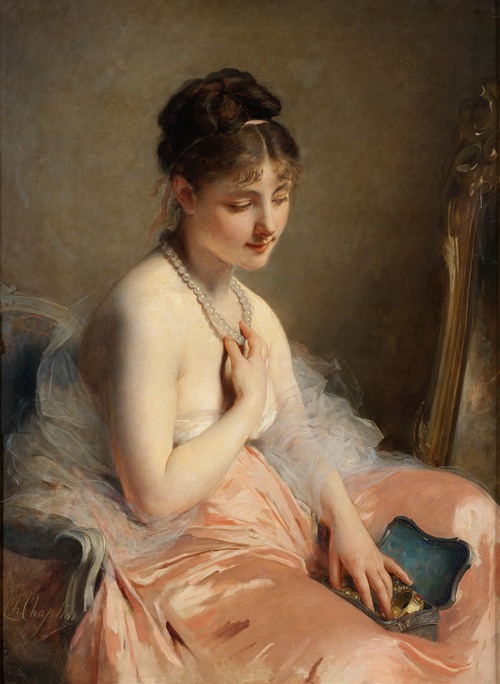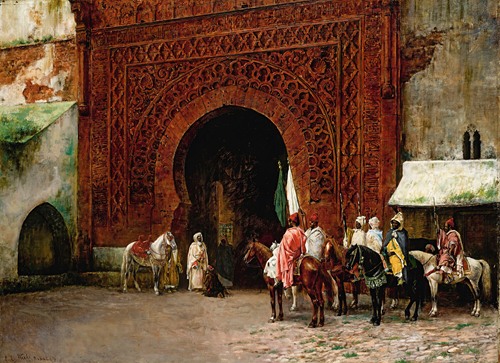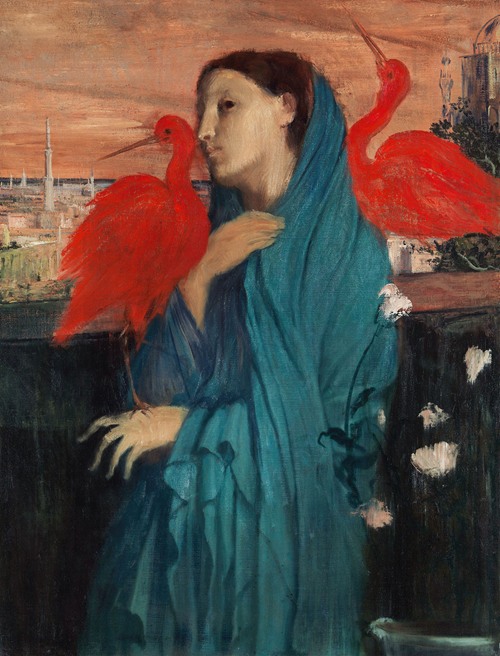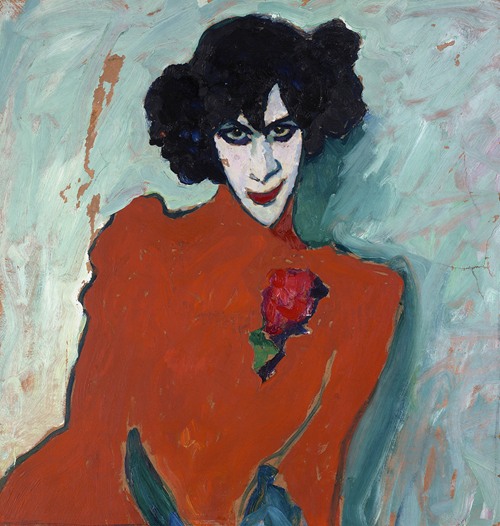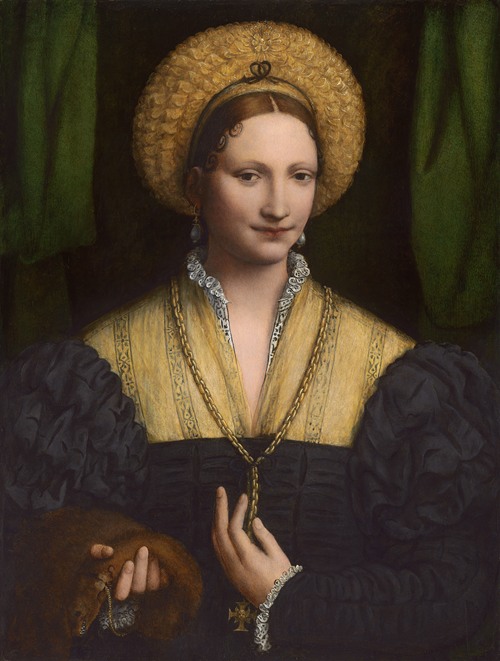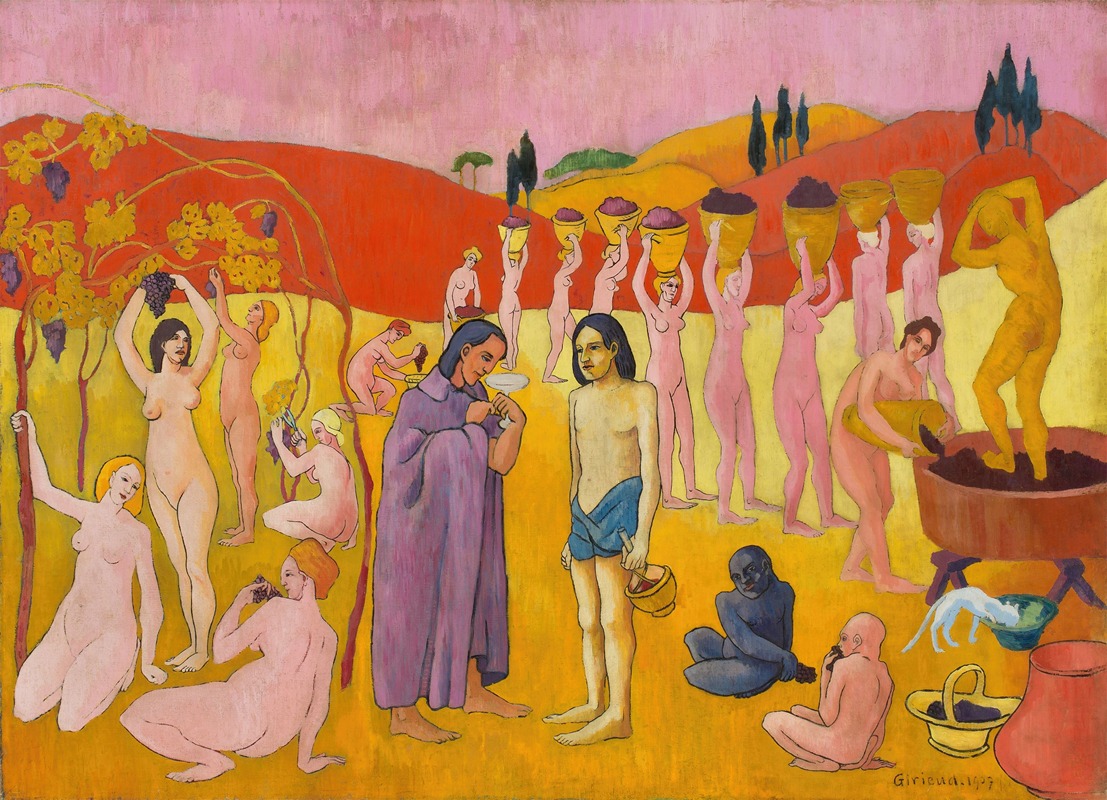
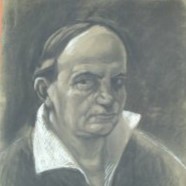
Born in Paris, Pierre Girieud spent his childhood and adolescence in the Alpes de Haute Provence, before he settled in Montmartre in 1900.
In 1901, Berthe Weill exhibited his paintings. The same year, he developed the statutes of the Salon des Refusés, which will become the Salon d'Automne and he creates the College of Modern Aesthetics together with Maillol, Launay, Villon, Jordan Durrio. In 1902 he exhibited his work in the Salon des artistes indépendants, in 1903 in the Clovis Sagot Gallery, in 1904 at the Salon d'Automne and he meets Kandinsky in the Tendances Nouvelles Group. That meeting orientated him toward the classical revival stream from Gauguin, who he discovered in 1901 thanks to his friend Durrio. In 1905, he presented at the Salon des artistes Independent one of his masterpieces: The Temptation of St. Anthony, whose colors were considered as scandalous. During the same year, he also presented five Fauvist paintings in the room No. VII of the Salon d'Automne of 1905. An article in the Gil Blas Vaucxelles of October 17, 1905 describes this room as "orgy of pure colors".
Kahnweiller dedicated to him a special exhibition in 1907. From this year, Girieud is present in all nationals and internationals exhibitions: Independents of Prague, Manet and Postimpressionists in London, French Art Exhibition in Budapest, II° Post Impressionist Exhibition in London, he also exhibited in the gallery Hans Goltz in Germany, in the Armory Show in New York, Boston and Chicago, but also in many Salons: Salon des Independants, Salon d’Automne, Salon des Tuileries, Venice Biennale …
Huge admiror of Paul Gaugin, Girieud paints according to nabis precepts, using large tint area, surrounding with black stylistic forms. He doesn’t copy the reality but translates a sensation in front of the model, thanks to compositions and colours games. He uses unusual colours in order to increase the decorative effect. During the restrospective on Gauguin in 1906, he represented the painter on a composition inspired by The Last Supper in which Gauguin shares a meal with his disciples.
Friend of Kandinsky since 1904, Girieud is the first French artist adhering to principles of NKV. He is useful as a link between French and German artists, and gives his contribution to catalogues and exhibitions. When Kandinsky leaved NKV, he kept goods relations with Girieud and ordered to him an article on Primitives and images of Epinal to constitute the Almanach. Girieud succeed his tour de force to stay loyal to two contrary movements: he gives his contribution to Almanach but doesn’t exhibit with Blaue Reiter, preferring to exhibit his paintings with NKV. Nevertheless, he totally approves the philosophy of Blaue Reiter according to which Art doesn’t have boundaries, neither States, nor disciplines.
Togeteher with his German friends, he participated to important exhibitions for modern art: Sonderbund of Cologne, Neue Secession in Berlin and two first exhibitions of the gallery Der Sturm in Berlin. Young critics devoted to more audacious movements noticed his first pieces. André Salmon wrote in Jeune Peinture Française (1912) that Girieud shows an ambition to join a huge tradition. In Marseille in 1911, he joined the group formed around Joaquim Gasquet. Gasquet urged his friends in the way of great decoration. It is in this sense that lasted career Pierre Girieud which we no longer saw little easel paintings in the lounges.
His work takes a new direction as he uses filled shapes and colors, synthesizing classical concepts and perception of the world in the light of the Mediterranean world. Girieud loves and studies colours creating variations on a same subject treated with different tones. At that time he held a workshop with Alfred Lombard at 12 Quai de Rive Neuve on the Old Port of Marseille, workshop that will become a few years after the workshop of Jacques Thevenet, then after the war it will become the workshop of François Diana.
In 1912, he made the frescoes in the chapel of Saint Pancrace de Provence in Pradine. The same year 1912, he organizes the Salon de Mai in Marseille with Lombard and repeat the process in 1913. After making a major exhibition at Paul Rosenberg's, he became the painter of Provence. Nevertheless he traveled to Greece, Spain, Egypt - where he teaches fresco - before returning in Provence, that he cherishes for it peculiar luminosity. Then, the war came back and in 1941, he won a competion with ten painters for decorating the 350 m 2 of the Town Hall of Ivry with frescoes. After the end of war he settled in Nantes, exhibited his works in Tunis in 1947. He died on December 26, 1948 in Nogent sur-Marne.



